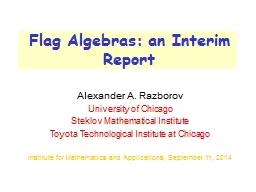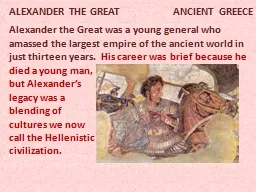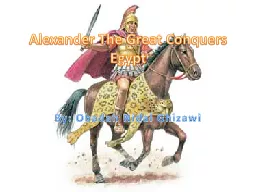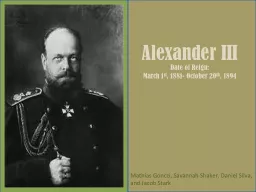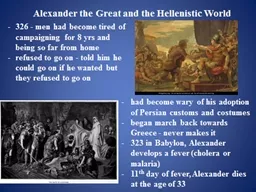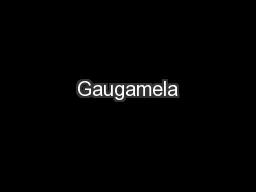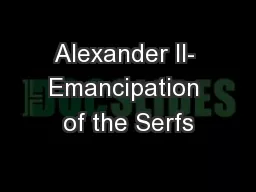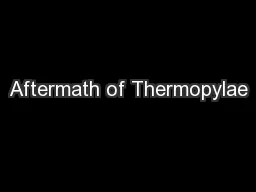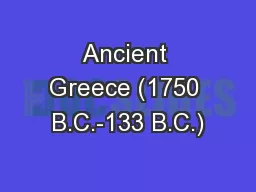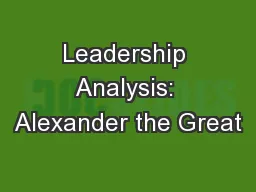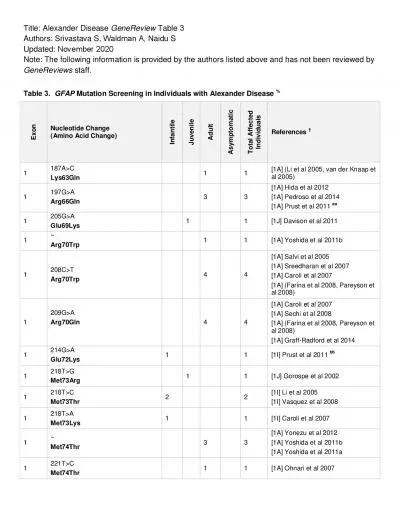PPT-Alexander A. Razborov University of
Author : lindy-dunigan | Published Date : 2018-10-29
Chicago Steklov Mathematical Institute Toyota Technological Institute at Chicago Institute for Mathematics and Applications September 11 2014 Flag Algebras an Interim
Presentation Embed Code
Download Presentation
Download Presentation The PPT/PDF document "Alexander A. Razborov University of" is the property of its rightful owner. Permission is granted to download and print the materials on this website for personal, non-commercial use only, and to display it on your personal computer provided you do not modify the materials and that you retain all copyright notices contained in the materials. By downloading content from our website, you accept the terms of this agreement.
Alexander A. Razborov University of: Transcript
Download Rules Of Document
"Alexander A. Razborov University of"The content belongs to its owner. You may download and print it for personal use, without modification, and keep all copyright notices. By downloading, you agree to these terms.
Related Documents

